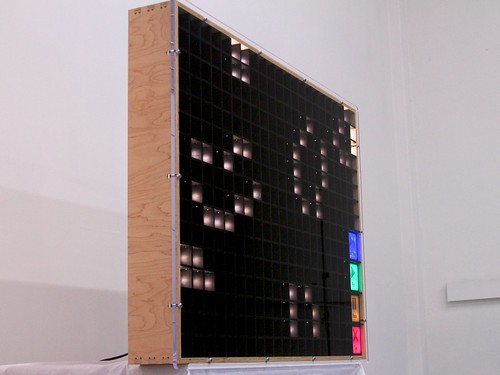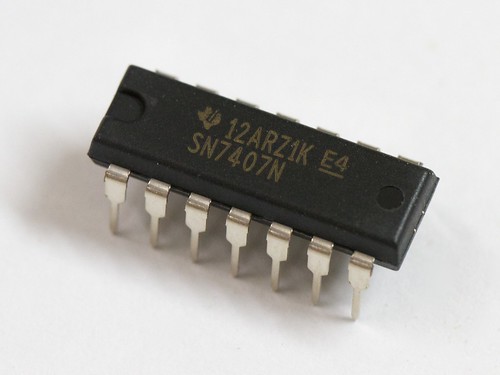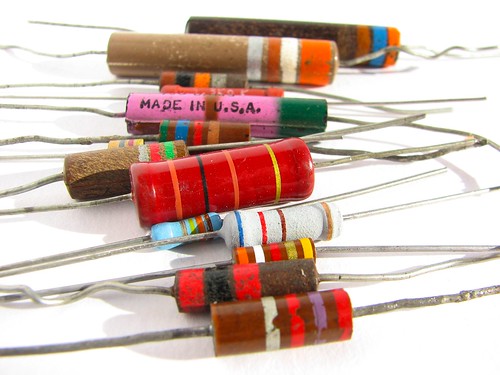Maui Makers from SelfMadeinHawaii on Vimeo.
Jerry Isdale, founder of
Maui Makers, sent in this great clip about their maker space. (The video is embedded above, and the Vimeo link
is here.)
The video, from TV series
Self Made in Hawaii,
is one of the best introductions that we have seen to maker spaces (and, really,
hacker spaces in general)– showing people working together, having fun and building awesome stuff.
And that’s exactly what maker spaces and hacker spaces are all about: There’s fire art, 3D printers, and electronics, laser cutters, CNC machines, and even some fine footage of an
Egg-Bot in motion.
More information about the video is available at the Maui Makers blog.













